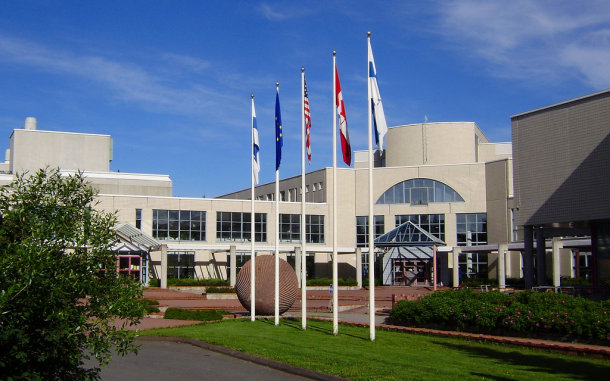Intel, Nokia team up to create 3D mobile future

Virtual worlds and 3D holograms on the agenda at new joint R&D centre...
Intel and Nokia have launched a joint research centre aimed at developing new mobile technology.
According to the companies, the research collaboration will work on creating compelling and immersive next-generation mobile user experiences, such as 3D mobile interfaces and virtual worlds used in mobile environments.
"Increasingly [mobile] user experience and interaction is becoming a huge driver for innovation. When we link this with the significant opportunities that will emerge as 3D internet emerges, this will create enormous opportunities," Martin Curley, director of Intel Labs Europe, said yesterday.
Mika Setälä, director of strategy alliances and partnerships at Nokia, added: "3D and virtual worlds have really the potential to revolutionise mobile and internet user experience," citing the example of a system that enables a user to control the heating and light in their home as a possible future 3D mobile interface.
The research centre, which is based at the University of Oulu in Northern Finland (pictured below) and will employ 24 researchers, is the latest fruit of a long-term tie-up announced by the world's biggest chipmaker and the number one mobile maker back in 2009.

Oulu University, Finland, where the joint Intel-Nokia research centre is based
(Photo credit: Intel)
Heikki Huomo, director of the Center for Internet Excellence at Oulu University, said 3D holograms - as seen in sci-fi movies such as Star Wars - could be an example of a future 3D mobile interface the Oulu researchers would seek to develop.
"We are going to make a very different user experience from the command line type of operation or desktop type environment and trying to go for truly immersive new ways [of interacting with mobile devices]," he said. "Sometimes the movies are a very good way of imagining the future."
Other research areas to be explored at the centre will include location-based services, mass collaboration and the overlapping of virtual and physical worlds, according to Intel's Curley.
"Location-based services is probably one of the biggest business opportunities but also an opportunity to change the quality of services that are provided to users," he said.
The Oulu lab will partner with other Intel R&D centres in Europe, including the Innovation Open Lab in Leixlip, Ireland; the Visual Computing Research Centre in Saarbrücken, Germany; and the automobility lab in Toulouse, France.
Research done at Oulu will be open sourced and will utilise Nokia's and Intel's joint open source mobile platform MeeGo. MeeGo was created earlier this year when the pair merged their respective open source platforms, Moblin and Maemo.
"We are really utilising this MeeGo platform in our development and the reason for that is MeeGo is an open source architecture and that enables us to create this flexibility to develop 3D virtual platform for the handsets," said Nokia's Setälä.